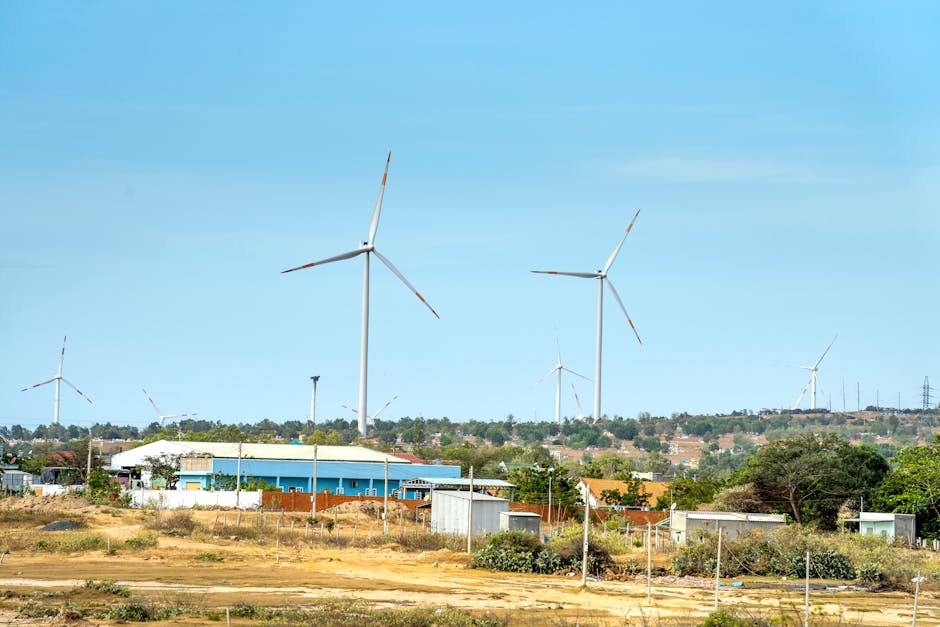Embarking on a journey towards sustainable building practices is not only a step towards a greener future but also a smart financial decision. By integrating eco-friendly methods into construction, long-term savings can be achieved, benefiting both your wallet and the environment. Let’s delve into the myriad ways in which sustainable building practices pave the way for cost-efficiency and lasting positive impacts.
Exploring the Benefits of Sustainable Building Practices
The benefits of sustainable building practices extend far beyond environmental considerations. By utilizing materials that are energy-efficient and environmentally friendly, such as recycled steel and reclaimed wood, construction costs can be minimized while reducing the carbon footprint of the building. Additionally, efficient use of resources like water and electricity contribute to long-term operational savings.
Moreover, sustainable buildings often have higher property values and lower maintenance costs due to the durability of eco-friendly materials. Investing in energy-saving features like solar panels and geothermal heating not only decreases utility expenses but also increases the overall value of the property, making it a financially sound choice for the future.
Furthermore, sustainable buildings promote healthier indoor environments, leading to increased occupant productivity and well-being. Improved air quality, ample natural light, and better temperature regulation all contribute to creating spaces that enhance comfort and reduce health-related issues, ultimately translating to long-term cost savings and improved quality of life.
Cost-Efficiency Through Green Construction Methods
Green construction methods encompass a range of practices aimed at reducing waste, conserving resources, and optimizing efficiency throughout the building process. Utilizing strategies like modular construction, which minimizes material waste, and implementing smart building techniques, such as energy-efficient HVAC systems, can significantly lower construction expenses.
By incorporating passive design principles like proper insulation and strategic building orientation, sustainable structures can achieve high energy performance, leading to reduced heating and cooling costs over the building’s lifetime. Additionally, choosing locally sourced materials reduces transportation expenses and supports the local economy.
Opting for renewable energy sources like wind or solar power not only reduces reliance on traditional energy grids but also provides long-term savings by generating electricity on-site. Green roofs and rainwater harvesting systems are examples of sustainable features that not only lower utility costs but also contribute to environmental conservation and sustainable water management.
In essence, the upfront costs of implementing sustainable building practices are often outweighed by the long-term savings and benefits they offer. By prioritizing eco-friendly construction methods and energy-efficient solutions, property owners can enjoy reduced operational expenses, increased property value, and a decreased environmental impact, making it a financially prudent choice in the long run.
Long-Term Savings and Environmental Impact of Sustainable Construction
The long-term savings derived from sustainable construction practices go beyond monetary considerations, extending to the profound impact on the environment. By reducing energy consumption, water usage, and greenhouse gas emissions, sustainable buildings play a vital role in combating climate change and preserving natural resources for future generations.
The adoption of renewable energy sources and energy-efficient systems not only lowers operational costs but also contributes to a significant decrease in carbon emissions. Sustainable buildings act as beacons of environmental responsibility, showcasing how innovative design and responsible construction practices can mitigate the environmental impact of urban development.
From enhancing biodiversity through green spaces to promoting efficient waste management and recycling, sustainable construction practices pave the way for a more sustainable future. By embracing eco-friendly design principles and sustainable building techniques, we can create buildings that not only stand the test of time economically but also ensure a healthier, more resilient planet for generations to come.
In essence, embracing sustainable building practices is a forward-looking investment that goes beyond monetary savings. By prioritizing eco-conscious construction techniques, you not only secure your financial future but also contribute to a healthier planet. Making the choice to build sustainably is not just about constructing a building; it’s about building a brighter, more sustainable future for generations to come.


